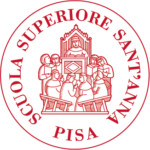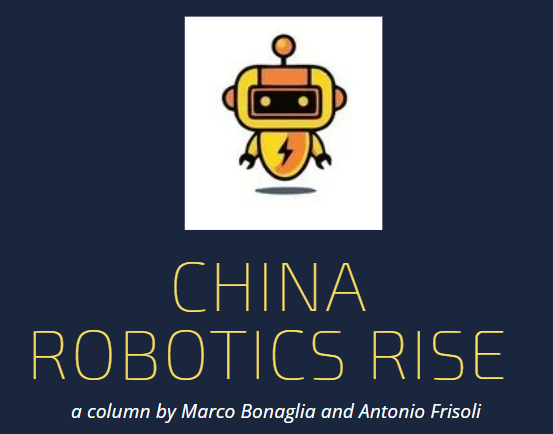
The adoption of robotics in the travel, tourism and hospitality sector
1. Introduction
The tourism industry has long been a surprising and decisive driver of economic growth not only in developed countries, and it is also a laboratory for the application of technologies that, thanks to large numbers, high demand for performance and various types of services, destinations and situations, can play a key role in their implementation and experimentation.
We speak about it as citizens of a country that has made tourism its trademark, thanks to the presence on our territory of a unique combination in the world of history, art, diversity and artistic and cultural resources of the highest level. In particular, as found by several university and corporate research centers (Bellini and Pasquinelli, Tourism in the City, Pasquinelli, Trunfio, Bellini, Rossi, Reimagining urban destinations: Adaptive and transformative city brand attributes and values in the pandemic crisis, Mastercard Global Destination City Index among others), Italy’s historic cities drive our tourism: Rome, Venice, Florence and also Milan are pulsating centers of activity and connectors to the excellences of our country.
At the same time, the tourism sector is experiencing a period of renewed competition and great transition, in which new players and markets (Chinese and Indian tourism, for example, are growing rapidly, the former for the development of their local offerings, and the latter for the number of outbound tourists discovering international destinations) have appeared on the scene and have slowly eroded market shares from classic and traditional players. Therefore, in this context, Italy cannot rest on its laurels, but must necessarily innovate a strategic sector for its economic growth and international prestige.
In this sense, Italian tourism players can think of a technology that has literally exploded in recent years, which is robotics. From the provision of personalized services to the improvement of operational efficiency, robots are transforming the way tourists experience destinations. Several international studies support this, and we are only at the beginning of the game (Samala, Katkam, Bellamkonda and Rodrigues, Impact of AI and Robotics in the tourism sector: a critical insight; Nam, Dutt, Chathoth, Daghfous, Khan, The adoption of artificial intelligence and robotics in the hotel industry: prospects and challenges).
This article is the first of a journey through the application of robotics to the tourism sector around the world starting from the pioneering efforts of Italy, followed by trends in East Asia and culminating in China’s ambitious investments in robotic technology in the tourism sector.
How is the tourism sector reinventing itself and how is robotics starting to play a role in this strategic sector?
2. Applications of robotics in the tourism sector, some examples in Italy
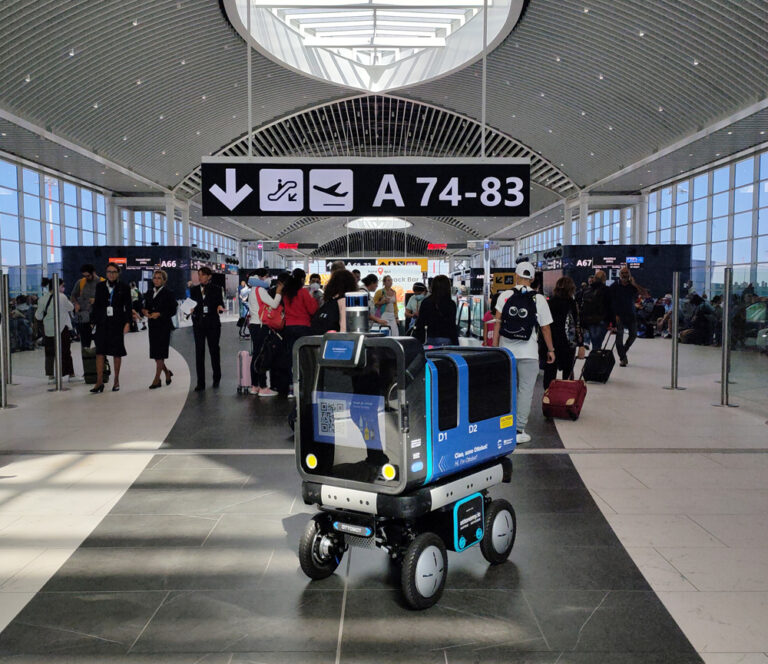
Our first stop on the journey takes us to Fiumicino Airport, where two types of robots, “Ottobot” and “Pixies”, have been tested in recent years. The first will deliver products purchased online from the airport shops to passengers waiting to board. It is an autonomous delivery system for available products: once the passenger has passed the security checks, they can order their products and services online and have them delivered directly to the gate before boarding.
The second will have the task of keeping the spaces of the Rome-Fiumicino airport clean. It was developed by a Roman start-up, is completely autonomous and is able to directly identify dirt and waste. Unlike traditional household cleaning robots, it does not trace the entire map, but goes directly to where the waste is. The airport environment is ideal for developing the product, perfectly refining the navigation and obstacle-advoice algorithms that the robot possesses.
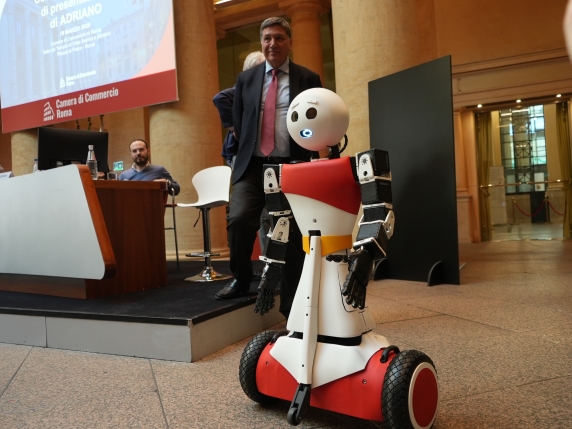
Our second stop is always in Rome, in the heart of the eternal city – The cultural heritage of the city par excellence of the Western world has seen in recent weeks the arrival of Adriano, the first technology tourist guide of the City, who will welcome visitors in the Temple that bears his name, speaking both in Italian and English and providing information on the place and the history of Rome.
Adriano will not only share information with visitors to an iconic place in Rome, but will also have a higher level of possible interaction, such as physical contact and manipulation of objects.
The four Italian excellences that contributed to its creation are the Italian Institute of Technology, the Hardware and Software Development of the robotic platform of Sapienza with the start-up Babelscape, and the SoftBots Laboratory of the University of Pisa.
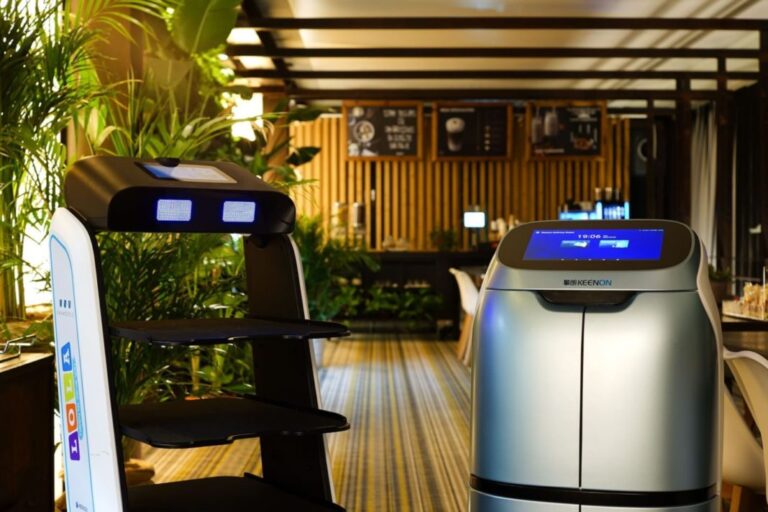
The third stop on our tour starts in Sicily, and then moves north, always next to a key airport infrastructure for Italian tourism. Last year, Leonard and Luna appeared at the UNA HOTELS in Syracuse, improperly defined in our opinion as “porter robots”, present in the hotel structure thanks to the collaboration with the company Keenon. Leonard is able to walk through the corridors of the structure, call the elevator and reach the room. The robot can in fact reach the guest via a call in the room or a message on the phone and notify the staff at the reception if there are further needs. Lola works in the restaurant as an assistant to the waiters: the robot can help collect the hot dishes from the kitchen and clear the table once the meal is finished. In this way, Lola plays the role of “waiter assistant”, making the work of the staff easier, ensuring that the waiter has more time and is more focused on serving the customers.
After the first period of experimentation in Syracuse, the company decided to use the two robots also in its structure at Expo Fiera Milano. It seems that the journey of the two robots in Italian tourism is only just beginning.
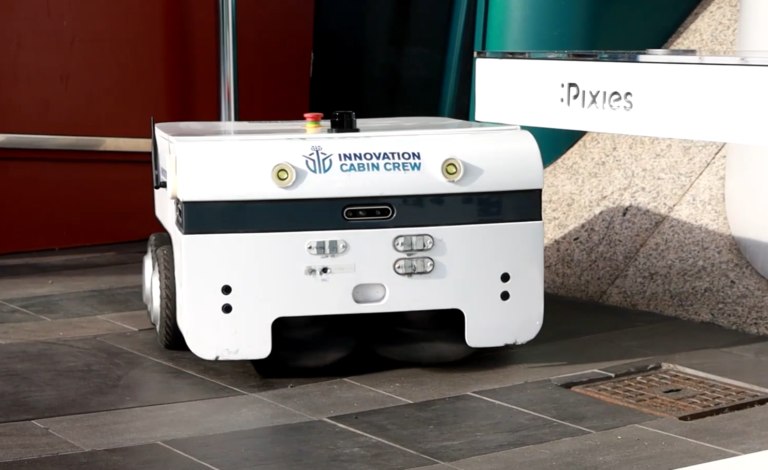
3. Conclusions and our first considerations
The application of robotics in the tourism sector is transforming the way people travel and experience new destinations. From customer service and guided tours to safety and entertainment, robots have the potential to improve the efficiency, convenience and pleasure of the travel experience.
As usual in our articles, here are some of our first considerations:
- In the coming years, we will see more and more robots active in the tourism sector, with the most diverse functions. It is an inevitable process, from which we believe there is no turning back.
- Rather than hinder change, it will be useful to embrace it in this sector too and think about how to properly and usefully train the people who work in this sector, so that new technologies become a tool and not an impediment to the development and innovation of Italian tourism.
- In this, our country can take inspiration from what is happening in the world, and replicate international success stories. At the same time, the “Italian innovation system”; can network, and thanks to the skills spread across our territory, find indigenous innovations and promote them in the key areas of tourism in Italy.
- It is necessary to develop collaborations and continuous updates, find the place (not necessarily physical) to bring together the key players in this sector and think about how to embrace change and these new technologies.
The potential for change resulting from robotics is therefore significant, and is still to be discovered. Follow us on the next stage of the journey of robotic applications to the tourism sector. In our second stage we will move to Asia, stay connected!
Written by Marco Bonaglia and Antonio Frisoli



